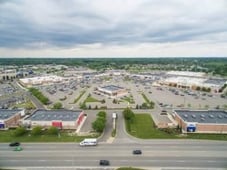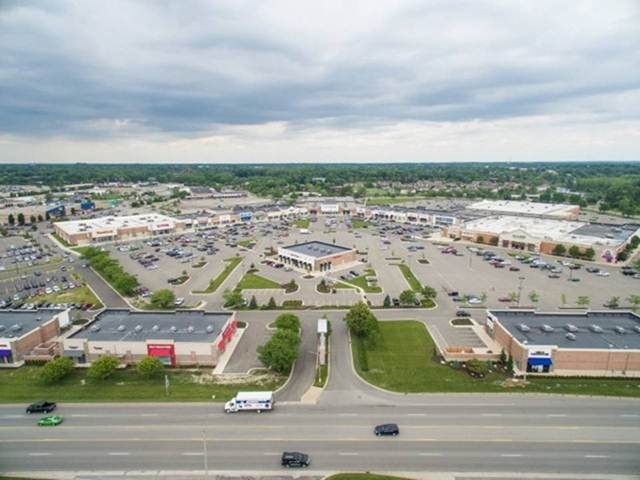Could the traditional shopping mall stage a comeback in an e-commerce world?
For decades, malls have offered quick and easy access to a variety of stores for people on-the-go. They have also enticed leisure shoppers with amenities like air conditioned walkways, benches, kid areas, and food courts. They are designed destinations for retail shopping. But now, immersed in the e-commerce era, we’re seeing the traditional brick-and-mortar shopping experience transform into something more digital.
In the mid-90’s, the internet took shopping efficiency to an entirely new level, encouraging traditional brick-and-mortar retailers to create websites and sell products online. Not only did this make shopping more convenient for consumers, but it also allowed retailers to reduce prices and save money on rent, staffing, and in some instances, sales tax.
With declining foot-traffic over the years, many mall tenants across the country have closed their doors and shifted their focus to building their dot coms. Anchor tenants such as Macy’s (which just last month announced another 100 or so closings), Sears, and JCPenney shuttered stores in droves and , in turn, entire malls became vacant. Some malls pivoted and eliminated interior space in exchange for more exterior storefronts. For example, here in West Michigan the Shops at Centerpoint and Shops at Westshore have successfully done this, and the cob-webbed Breton Village Mall just announced a “de-malling” for the same reason.
So what’s in store for the future of the relationship between physical malls and e-commerce? Today it is estimated that nearly a billion square feet of retail space sits vacant in this country, but fortunately we’re seeing many online brands now start to transition back to the traditional brick-and-mortar storefront. Super-successful brands like Warby Parker, Bonobos, Birchbox, and Amazon - which all started online and have existed entirely online - are now looking to expand into the physical world for the first time. Why? The experience.
Omni-channel retailing is the new business paradigm in which just selling through a website isn’t enough anymore. Shoppers want to experience the purchase. Whether that means comparison shopping online and picking up in the store, or going to a store to touch and feel a product before returning home to search for the best price, “omni-channel” refers to having multiple avenues to reach a consumer and facilitate a transaction.
 Photo Credit: Colliers West Michigan
Photo Credit: Colliers West Michigan
Because of omni-channel retailing, the trend of ditching the store-front for the computer screen could reverse its course. In fact, it’s a trend we are seeing start in major markets, and one that I expect to eventually make its way to West Michigan. Successful trial runs in districts such as New York’s SoHo or Chicago’s Magnificent Mile could soon pave the way for similar stores opening in neighborhood malls like RiverTown Crossings in Grandville, MI.
While many companies born in the e-tail age are looking at brick-and-mortar space to give customers a tangible shopping experience, online shopping remains strong. In fact, according to Forrester Research, online sales in the U.S. are expected to grow 56% between 2015 and 2020 to more than $523 billion.
So while researchers (including myself) have predicted the imminent demise of malls, ever-evolving shopping patterns are keeping us on our toes and it wouldn’t be surprising if some malls become relevant retail destinations again. And while the traditional mall may never be what it once was, don’t expect your grandkids to only see them in history books.
How do you see shopping centers evolving over the next five years? Share your ideas in the comments below!
This post reflects to views of Senior Research Analyst, Jeff Hainer, and does not represent the views of Colliers International as a whole.





